By the mid-1950s, most American cars were already heading toward size, flash, and excess. But the 1954 Studebaker Commander didn’t take that route. It was clean, low, and modern—built with restraint at a time when that wasn’t fashionable. Designed by Loewy’s studio, it didn’t look like anything else on the road, and it still doesn’t. Even now, its proportions and understated details give it a timeless quality. To understand just how sharp the Commander still looks today, it helps to look at what other carmakers were offering at the same moment.
1954 Studebaker Commander: Streamlined, Not Styled to Death
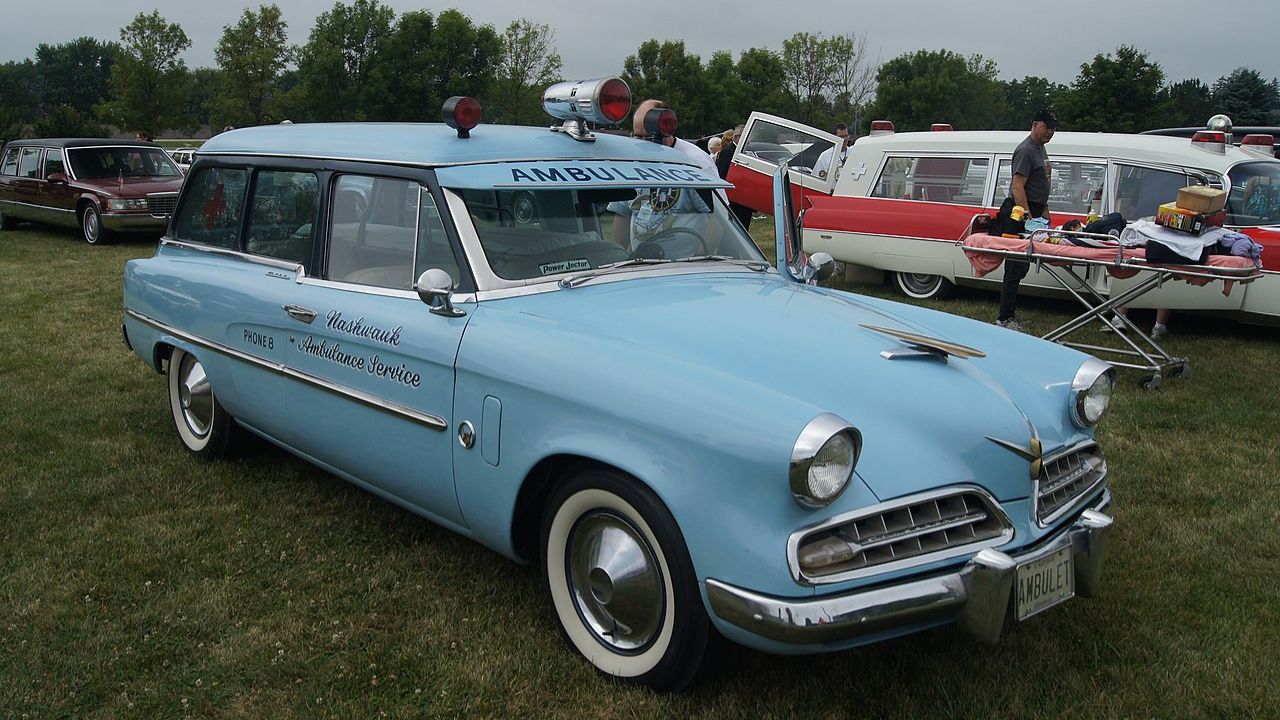
Designed by Raymond Loewy’s team, the 1954 Commander stood apart with its clean, low-slung profile and European-inspired lines. It avoided the fins and bloated chrome that were already creeping into Detroit’s design language. Power came from a 232-cubic-inch V8 making 140 hp—decent for the size—and paired with either a three-speed manual or optional automatic. The interior had a functional dash layout and well-trimmed bench seats, with materials that felt more upscale than Studebaker’s modest badge might suggest. Even decades later, its proportions and restraint still hold up in a way many of its contemporaries don’t.
1954 Chevrolet Bel Air: More Mass-Market, Less Character
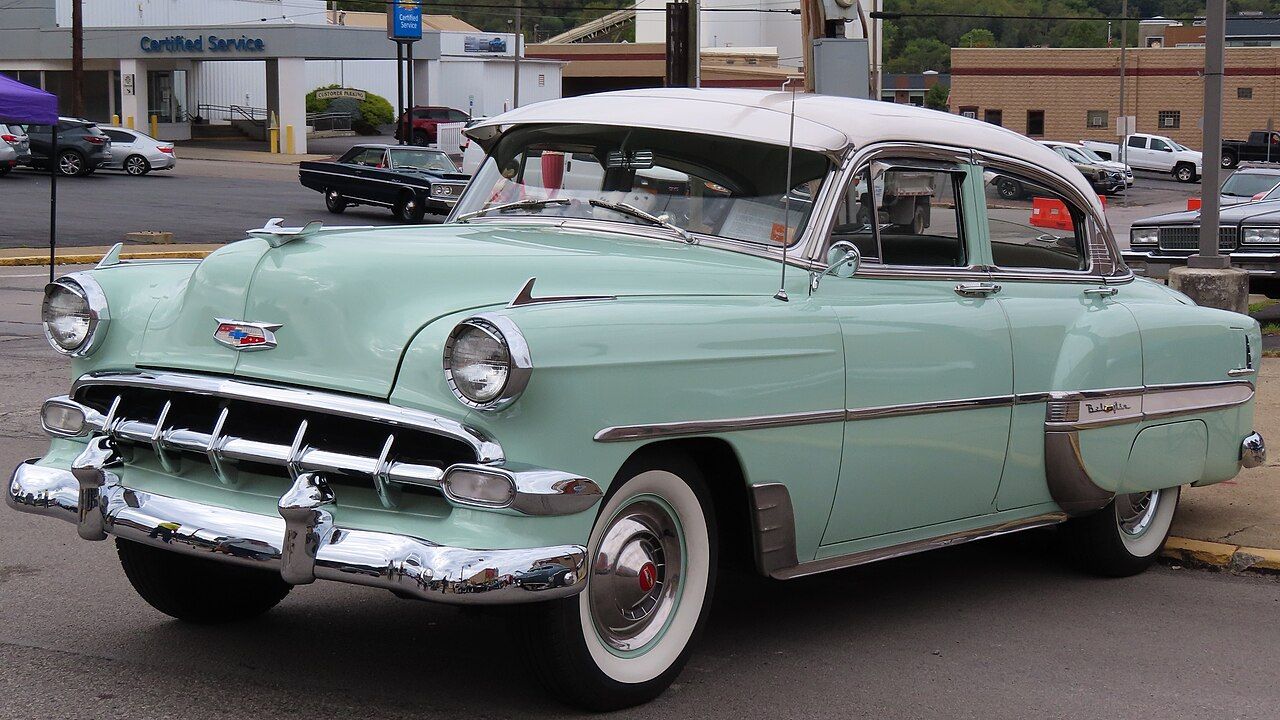
The Bel Air was a top seller in 1954, but it played it safe. Rounded lines, heavy chrome, and a tall greenhouse gave it a solid, if conservative, look. Most came with a 235-cubic-inch inline-six making around 115 hp. Interiors were colorful, and options included power steering and a Powerglide automatic, but it lacked the Commander’s design precision. It’s a likable car, no doubt—but next to the Studebaker, it looks dated. The Bel Air followed trends; the Commander ignored them, and that’s part of what keeps it visually relevant today.
1954 Ford Crestline Victoria: Caught in Transition
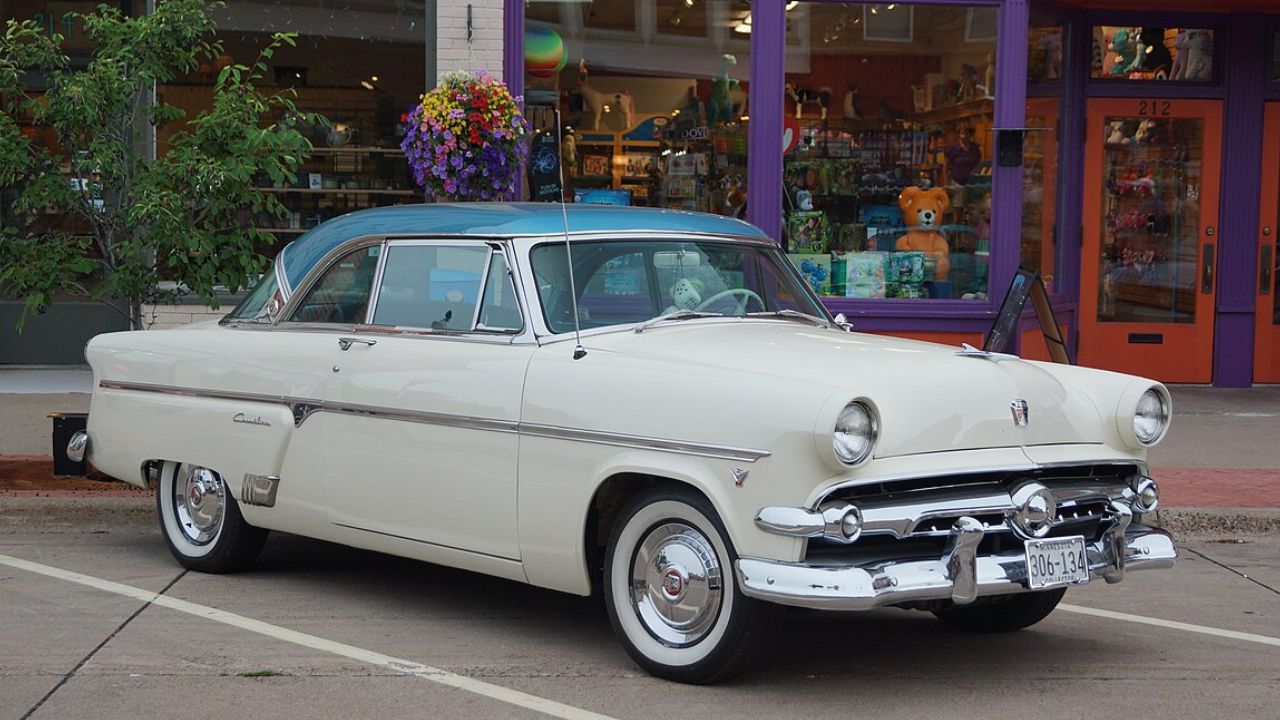
Ford’s Crestline Victoria had some nice touches—a wraparound windshield and tidy hardtop roofline—but it still carried a lot of prewar styling DNA. The 239-cubic-inch flathead V8 made 130 hp, which was near its limits. While Ford’s styling was inching toward modern, it lacked the Commander’s sleekness. Inside, the Crestline had decent trim and amenities like a radio and heater, but it felt more like a placeholder before Ford’s design caught up later in the decade. The Commander, meanwhile, looked like it already belonged in 1960.
1954 Hudson Hornet: Muscular but Heavy-Handed
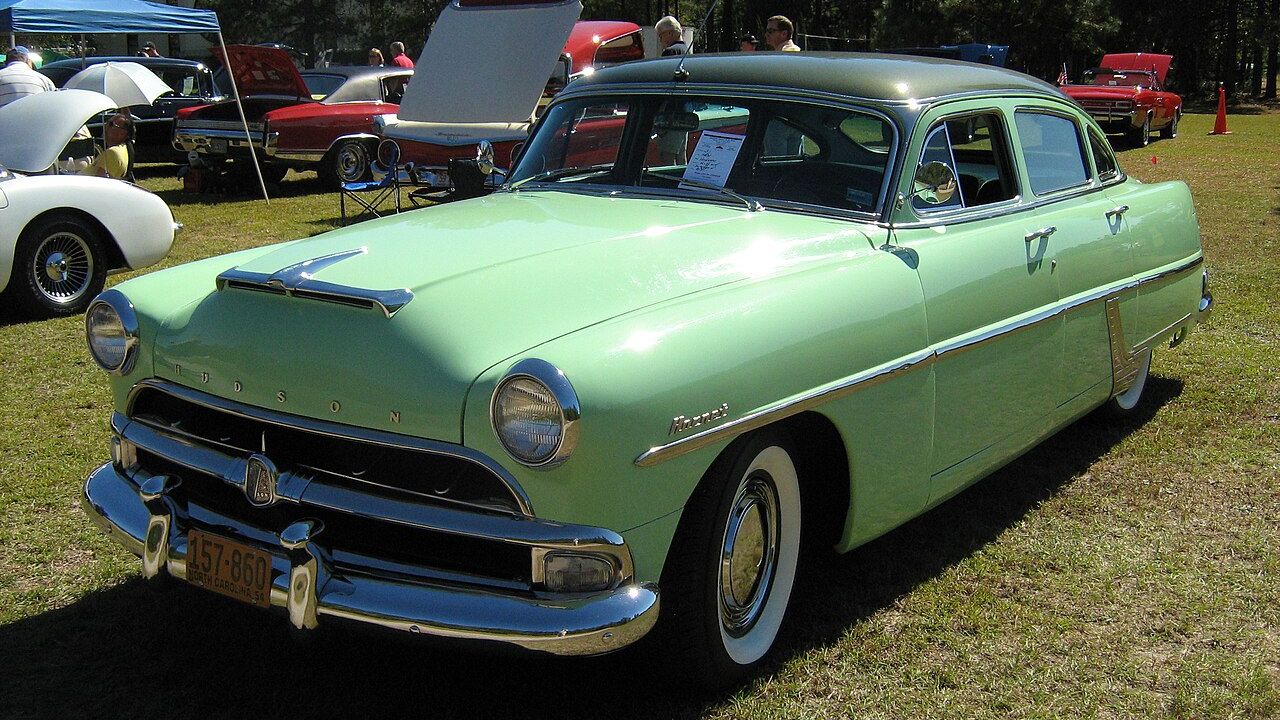
The Hornet had presence, thanks to its “step-down” design and wide stance. It was still packing a high-compression 308 straight-six with Twin H Power making 170+ hp, which gave it serious performance chops. But visually, it was already feeling oversized and thick-waisted by ’54. The fastback silhouette and low center of gravity were engineering feats, but the Hornet looked heavier than the Commander—literally and stylistically. Where the Studebaker looked athletic and trim, the Hudson looked like it was built to hold the road by force.
1954 Chrysler New Yorker: Big Car, Bigger Chrome
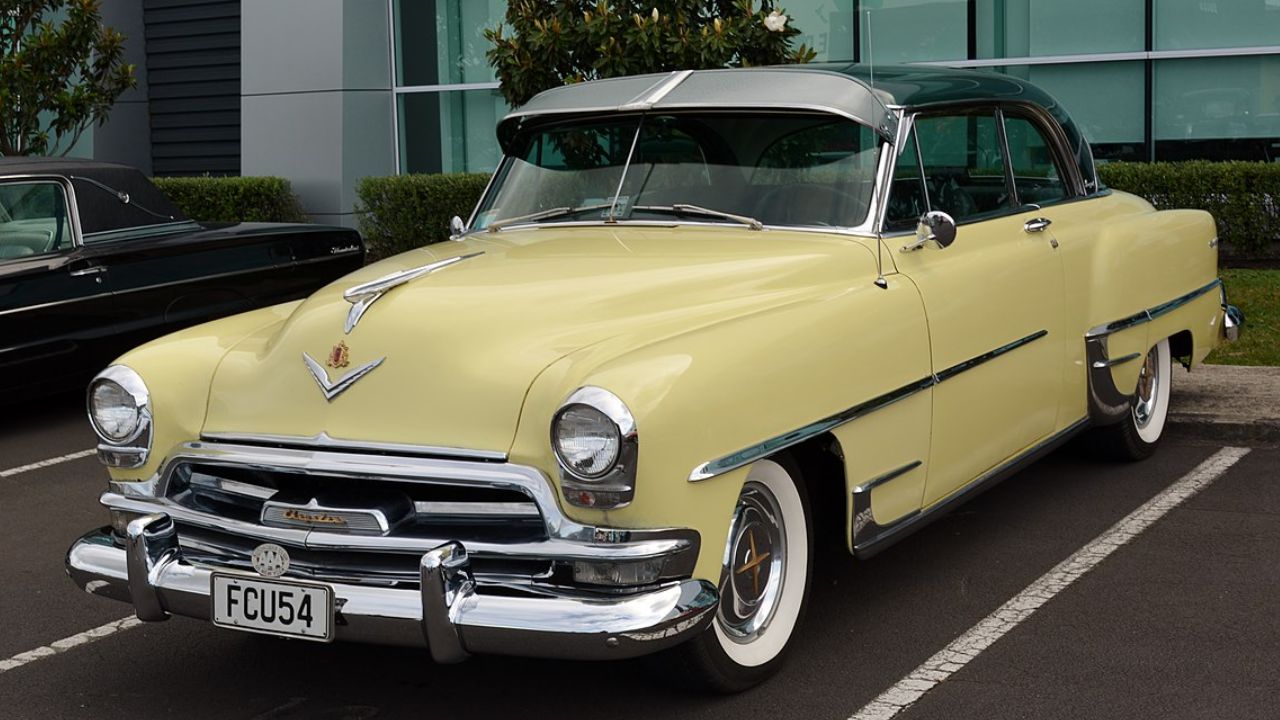
The 1954 New Yorker was all about bulk and presence. It carried a 331-cubic-inch HEMI V8 making 195 hp—one of the most powerful engines of the year. It had substance, no doubt, but it also wore a lot of chrome and a boxier profile that didn’t age as gracefully. Interiors were well-appointed with broadcloth or leather, and it rode smoothly, but visually, the design didn’t hold together like the Commander’s. The Studebaker simply looks more composed—especially when parked next to something this large and ornate.
1954 Kaiser Manhattan: Ambitious, but Offbeat
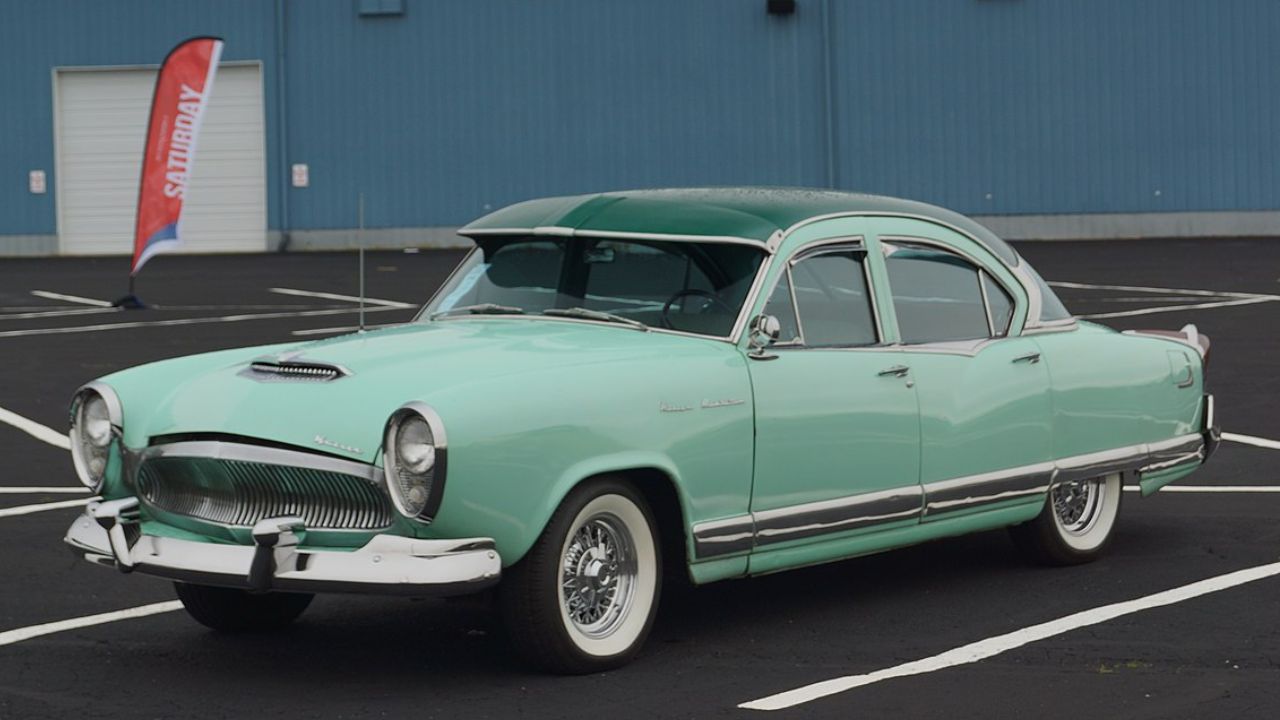
Kaiser tried something different with the Manhattan, offering one of the first production cars with a supercharger—its 226-cubic-inch six made 140 hp with the McCulloch blower. But the styling was odd: high beltline, narrow greenhouse, and a grille that looked out of proportion. Kaiser interiors were plush and forward-thinking, but the overall design lacked the balance seen in the Commander. Both were underdog cars, but only the Studebaker managed to look ahead while staying grounded. The Manhattan feels like a gamble; the Commander feels sorted.
1954 Packard Pacific: Elegant but from Another Era
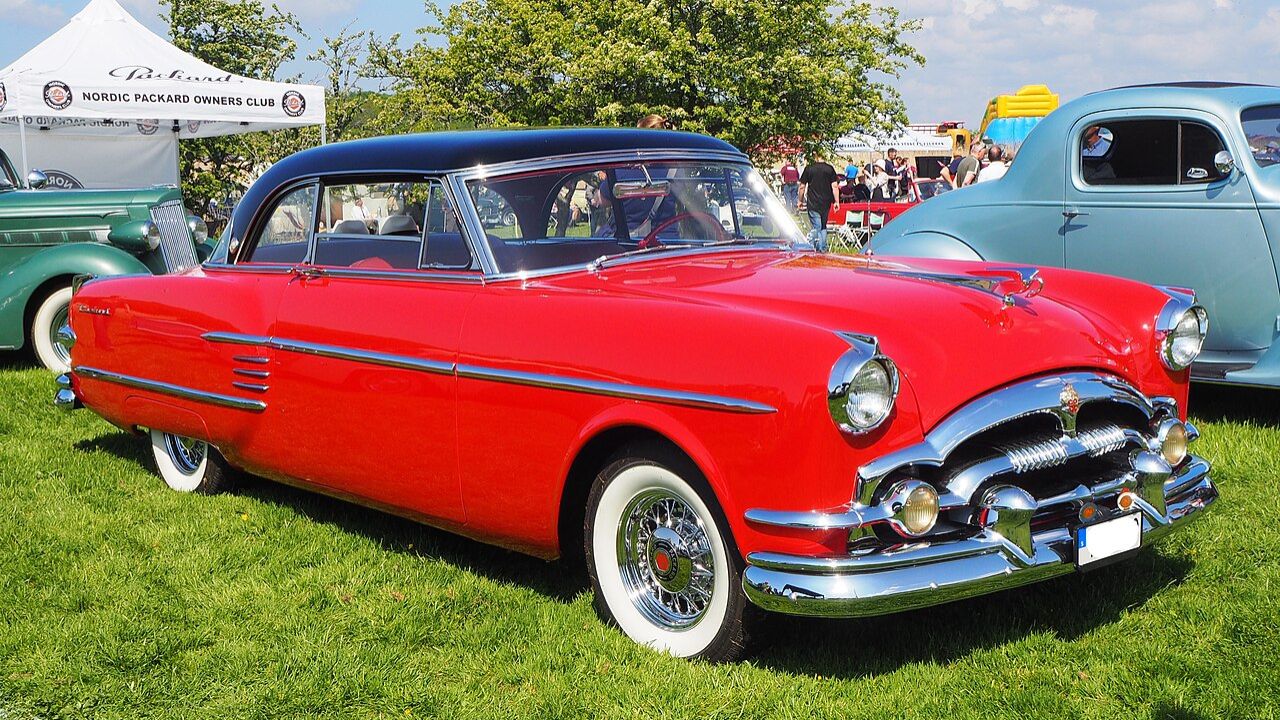
Packard’s Pacific was a two-door hardtop version of its senior car line. It had a 359-cubic-inch straight-eight making 212 hp, hydraulic windows, and loads of chrome. It was meant to project upper-class confidence, but the design cues were rooted in the late ‘40s. Even with its refined build quality and status, the Pacific didn’t look nearly as modern as the Commander. The Studebaker had forward motion in its lines—something Packard didn’t fully embrace until a few years too late.
1954 Nash Ambassador: Design Overload
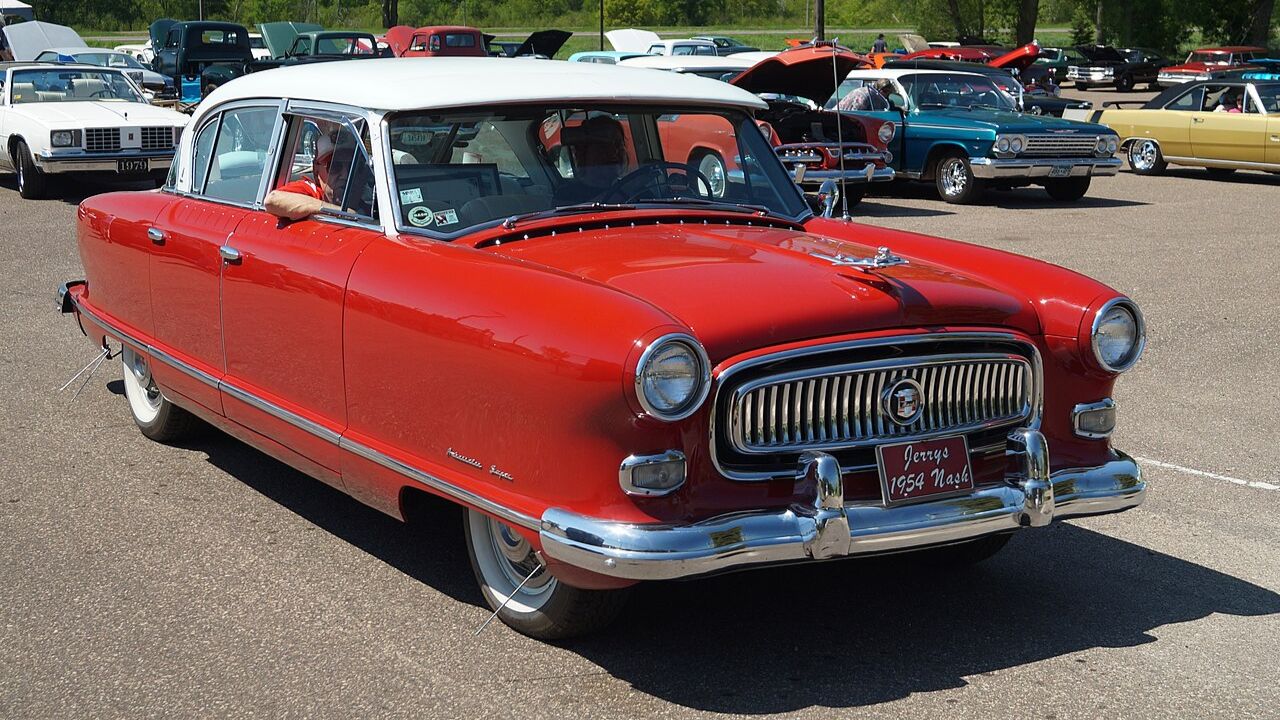
The Nash Ambassador was packed with features—unitized construction, reclining seats, and optional air conditioning—but it also wore a front end that looked like a cartoon shaver. Under the hood, a 252-cubic-inch six produced 130 hp. The Ambassador was technically advanced, but visually, it was overdone. Where Studebaker made its design work with proportion and subtlety, Nash pushed too hard. The Ambassador’s fastback profile and upright grille clashed, while the Commander’s lines felt coherent and purposeful. It wasn’t about who tried hardest—it was about who got it right.
Like Fast Lane Only’s content? Be sure to follow us.
Here’s more from us:
*Created with AI assistance and editor review.

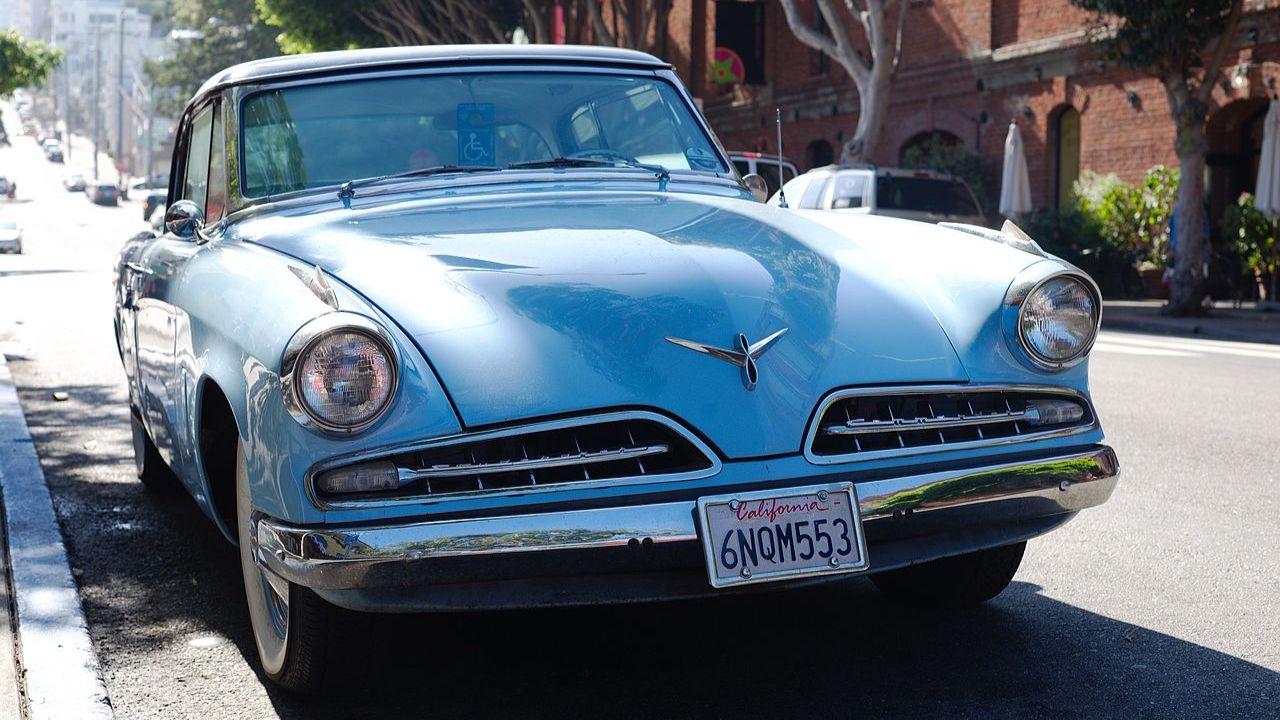
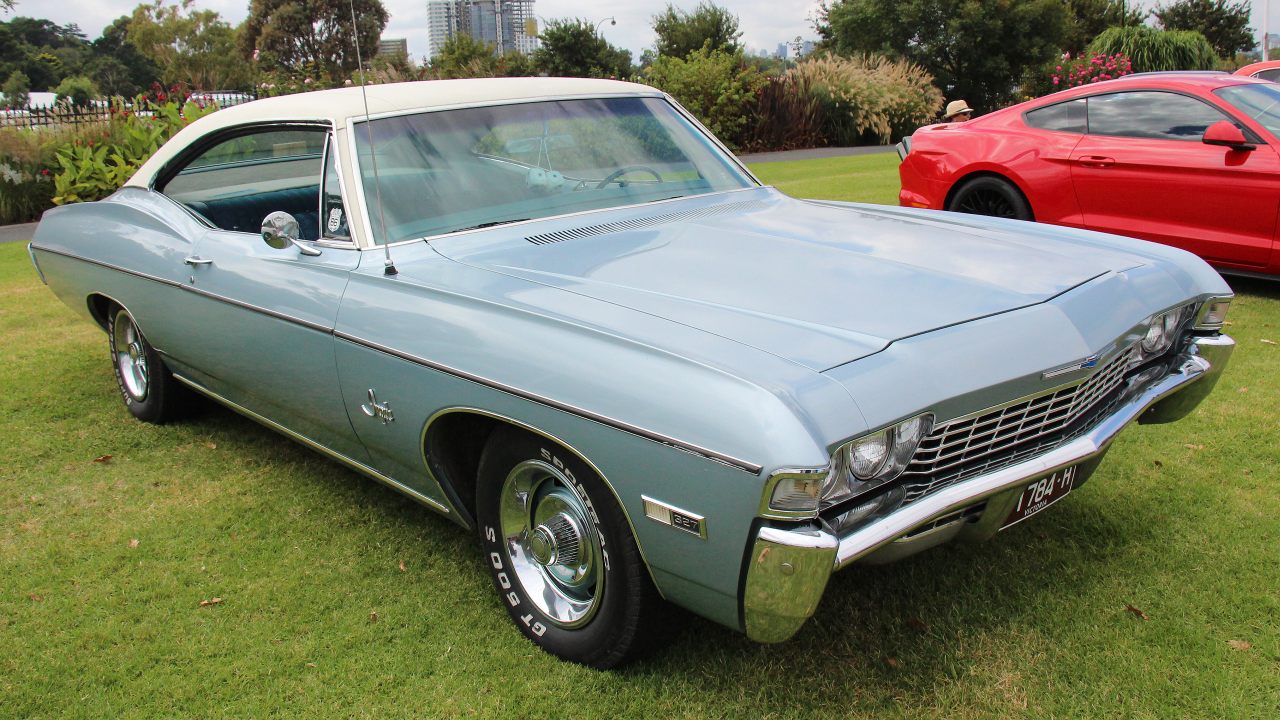
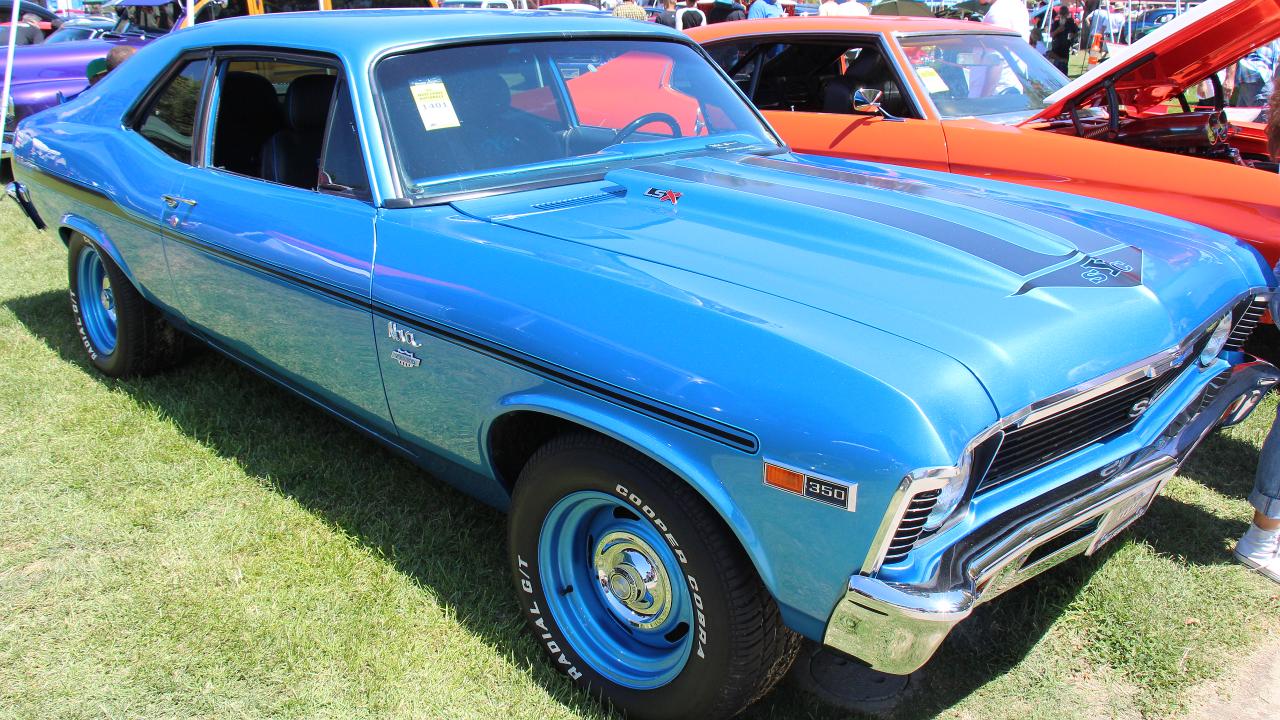
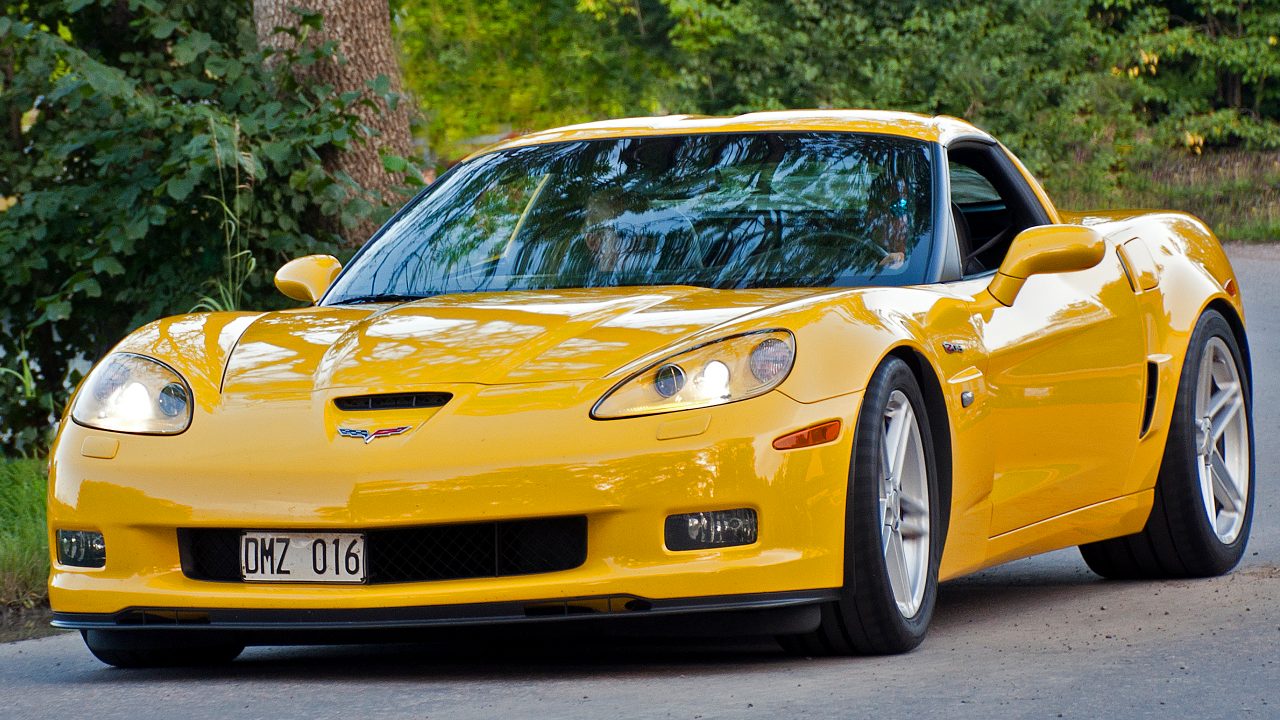
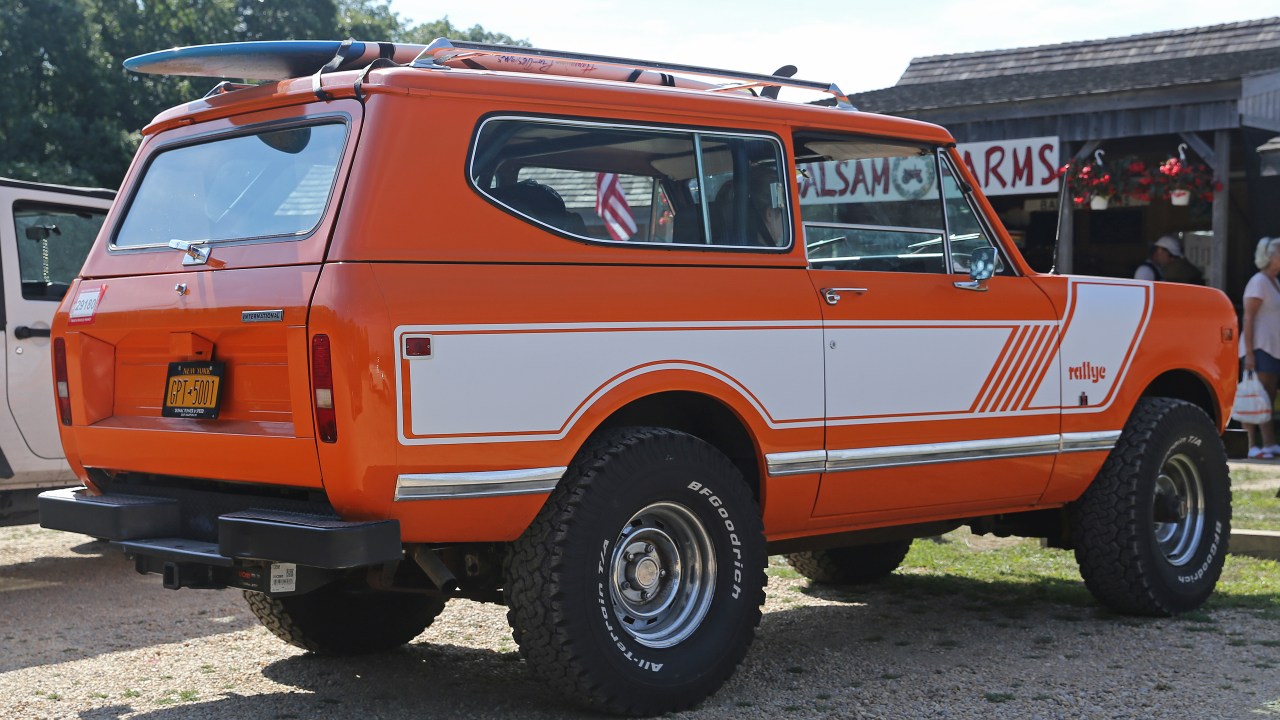
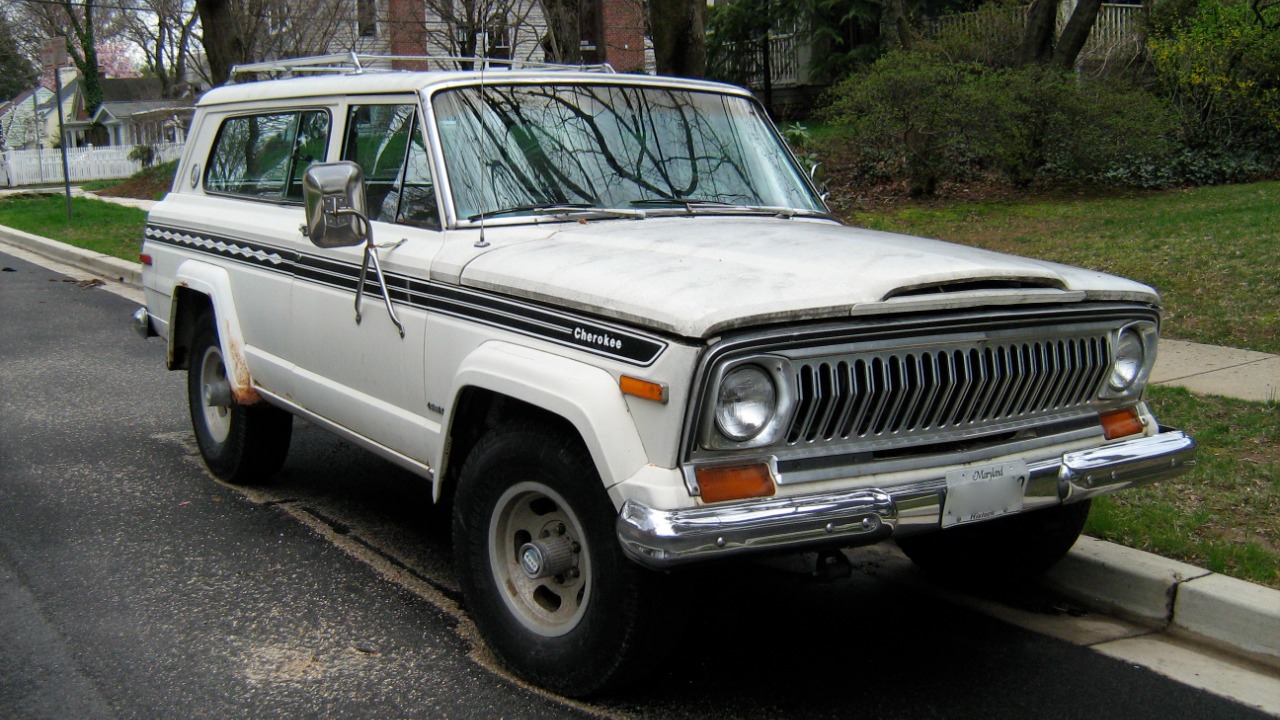
Leave a Reply